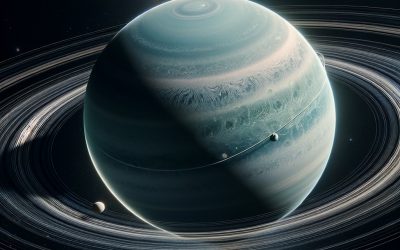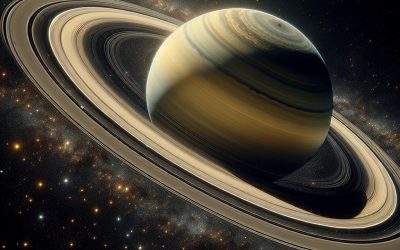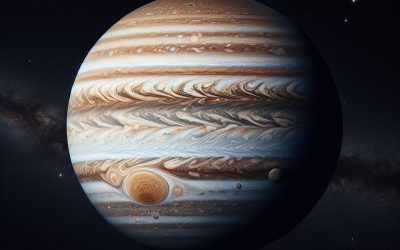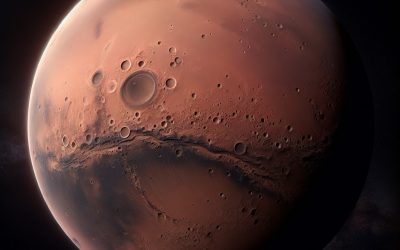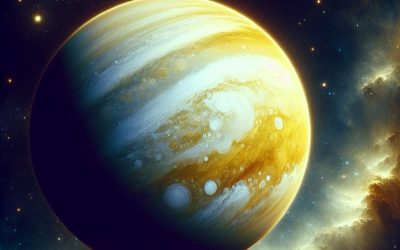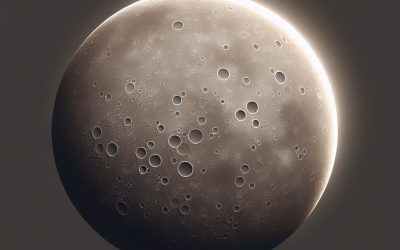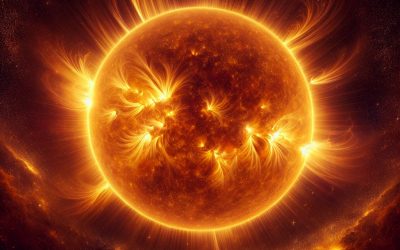Planet Uranus
Planet Uranus is unique in our solar system in that its Obliquity or axil tilt is more than a right angle to its Elliptical path (its actual obliquity is 97.8˚). Overview of Planet Uranus Discovery of Uranus Naming Uranus Obliquity of Planet Uranus Seasons of...
Planet Saturn
Planet Saturn is the second largest planet in our solar system however is the only planet that has a density less than water and would therefore float in a large enough body of water. Saturn Overview Rings of Saturn Saturn’s Weather Structure of Planet...
Planet Jupiter
Planet Jupiter is 2.5 times more massive than all the other planets in our solar system combined, and is believed to have the largest moon system with 67 moons. Overview of Planet Jupiter Formation of Planet Jupiter Layers of Jupiter Jupiter’s...
Planet Mars – The Red Planet
Planet Mars is the second smallest planet in our solar system, with a radius that is approximately half of Earth’s. How Mars got its name Martian Orbit Surface of Planet Mars Martian Weather Life on Mars Curiosity Rover Where in the Solar System? Quick...
Planet Earth
Planet Earth gets its name from the old English word ‘eorthe’ meaning ground. It is the only place in the universe that we know sustains life. Planet Earth – the Cradle of life Origin of Planet Earth Seasons of Planet Earth Earth by Numbers Inside Planet Earth...
Planet Venus
TThe planet Venus looked very tranquil and beautiful to early observers but it was hiding a very inhospitable environment. Naming Planet Venus Transit of Planet Venus Surface of Venus Environment of Planet Venus Spin and Magnetosphere of Venus Where in the...
Planet Mercury
Planet Mercury is the smallest planet in our solar system and orbits closest to our Sun. It is named after the messenger of the roman gods due to the speed of its orbit. Orbit of Planet Mercury Temperature Variations on Mercury Transit of Mercury Messenger The...
Sun
The Sun’s Rotation Sections of the Sun The Core The Radioactive Zone The Convection Zone The Photosphere The Chromosphere The Corona As illustrated the sun rotates in an anti-clockwise direction as observed from its most northern point. The...
Solar System
Taxonomy – The Classification of Organisms
Taxonomy is a branch of biology concerned with the classification of organisms into groups such as Kingdom, Phylum, Class etc. History of Taxonomy Modern Taxonomy History of Taxonomy Over the ages many people have set out to categorise the world around...
Periodic Table of Elements
Radioactive Dating
Radioactive dating is a process whereby a person can calculate the age of an object by measuring its rate of radioactive decay. What is Radioactive Dating? Carbon Dating Geological Dating Isotopes used in Geological Dating Radioactive Dating with Uranium-238...
